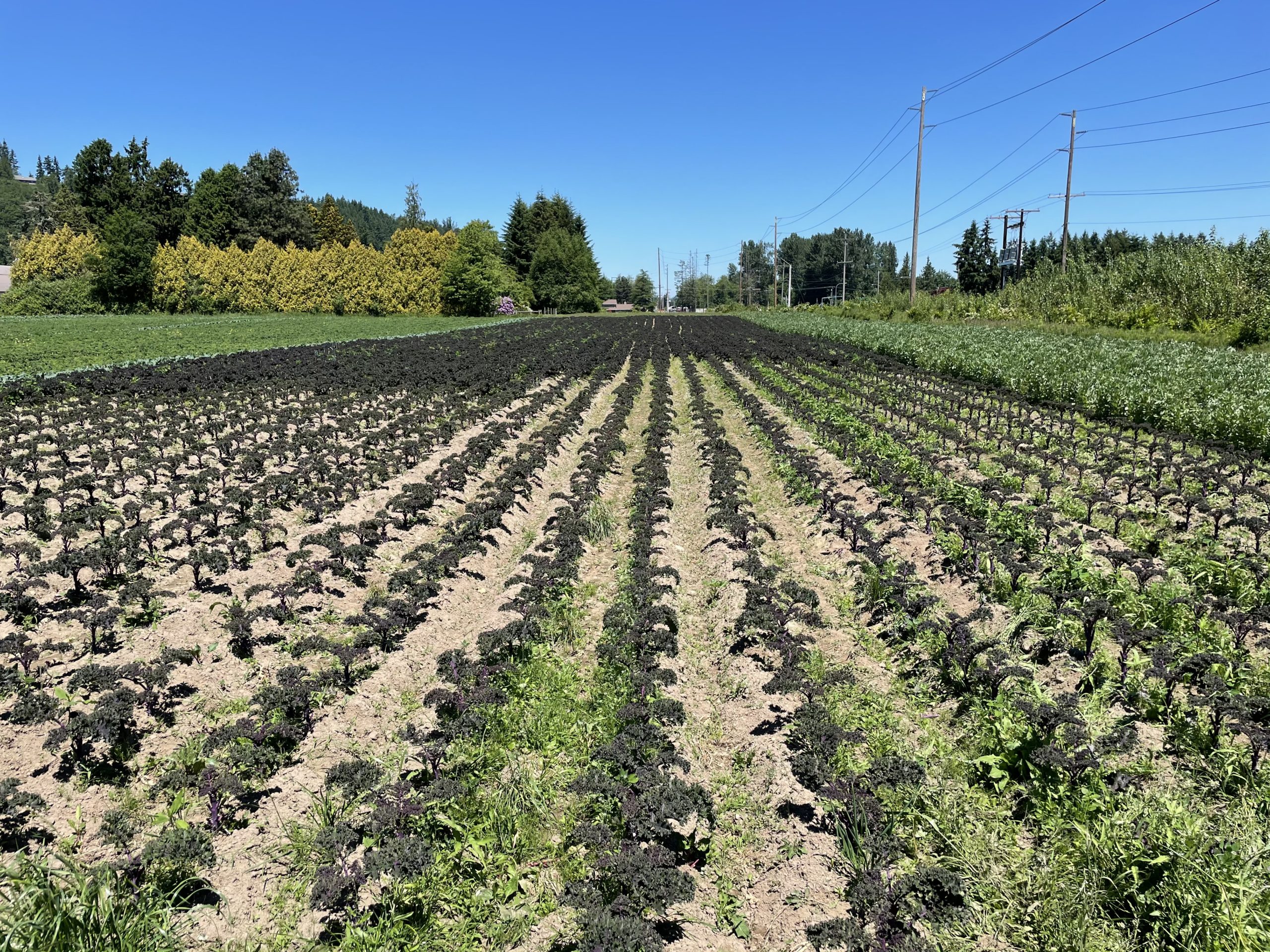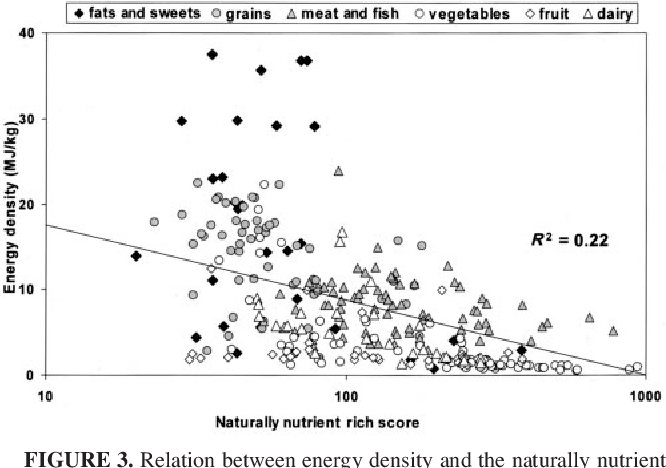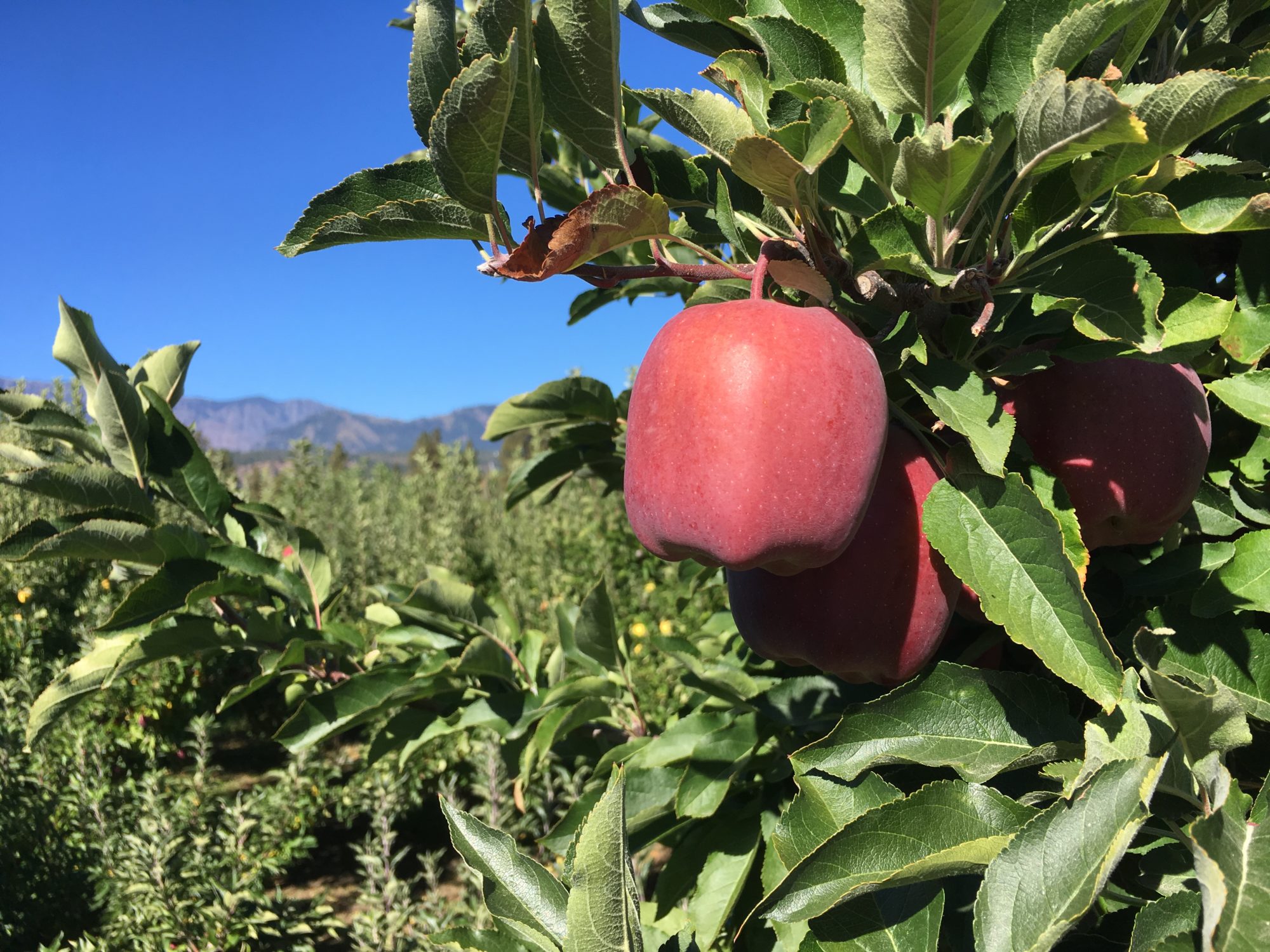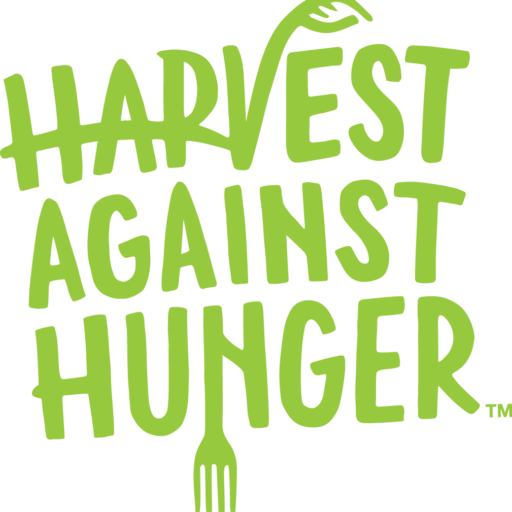
Developing tools with Harvest to help farmers and food banks
21 Jun 2021, by Admin in Harvest Blog, Harvest VISTA, Harvest Against Hunger Ellis Fahsholtz serves as the Farm to Community VISTA at Harvest Against Hunger (HAH) in Seattle, Washington. Farm to Community is an umbrella that encompasses three of HAH’s farm to hunger relief programs, including Farm to Food Pantry, King County Farmers Share, and the PCC/NFM program. These serve to network between small farmers and food distribution organizations, with the goal of creating stronger local economies, and to uplift communities by reducing hunger, preventing food waste, and increasing access to healthy, local produce.
Ellis Fahsholtz serves as the Farm to Community VISTA at Harvest Against Hunger (HAH) in Seattle, Washington. Farm to Community is an umbrella that encompasses three of HAH’s farm to hunger relief programs, including Farm to Food Pantry, King County Farmers Share, and the PCC/NFM program. These serve to network between small farmers and food distribution organizations, with the goal of creating stronger local economies, and to uplift communities by reducing hunger, preventing food waste, and increasing access to healthy, local produce.
Food banks do more and more each year to try to provide patrons with foods that are more than just a meal. When many people think about food bank donations, this conjures images of can drives and shelf-stable leftovers, without much consideration to the nutritional needs of households that are supported by food relief systems. In reality, food banks strike a balance between accepting donations and making their own purchases with organizational funds, to provide the types of fresh, healthy foods that people need for a balanced diet.
Oftentimes produce provided though government funded sources are limited in the variety of foods, and households can be stuck receiving the same goods for months on end. For example, potatoes, onions, and apples can go a long way and are a good source of shelf-stable produce, but are overall severely lacking in the kind of nutritional variety that a healthy diet needs. Food banks look to other sources for produce, and with the help of HAH funding, are able to be more selective about the kinds of fruits and veggies they can supply to people in their communities. With the ability to make contracted purchases, many food banks can request more culturally relevant foods, or produce such as leafy greens or berries that can be difficult to procure and store on short notice due to their short shelf life.
At HAH, Ellis is working on tools to simplify and inform purchase planning for food banks that are working with farmers. One major innovation is the concept of nutritional density, a factor that measures how naturally nutritionally rich (NNR) a food is based on levels of 14 different vitamins and nutrients. Many foods today are considered unhealthy because they have high levels of processed sugars and fats that while energy rich, are extremely nutrient poor, and don’t provide bodies what they need to sustain themselves. In this rating system, instead of measuring a food’s relative healthfulness by prescribing minimum daily quantities of certain nutrients, it examines the ratio of nutrient quantity to the amount of energy supplied. Each type of produce is given a score; for example, apples receive a nutritional density score of 5.9, while spinach receives an 87.3. Simply put, this means that a serving of spinach is going to provide more nutrients than a serving of apples.
During the COVID-19 pandemic, many food distributors switched from in-person shopping to a box delivery model where foods were pre-packed for families. Combining NNR scores with data about serving sizes, this information can do a lot to help inform food banks about what consumers need most, and how to provide a good balance of both energy and nutrient rich produce. Ellis’s produce purchase planning tool, alongside other resource development projects in the works, can be utilized by food banks to help plan and inform purchasing decisions throughout the season. This tool is evolving to help best fit the needs of food banks, and hopefully will help people to be able to better conceptualize the health benefits of a fresh diet during purchasing. Food banks can also use this data to inform patrons about the nutritional benefits of local foods; interestingly, locally sourced produce typically has a higher nutritional content due to having spent less time off the vine during transportation. All of this builds to a system that can not only feed people better, but one that supports a more sustainable localized food economy and consumer trust in small farms.


